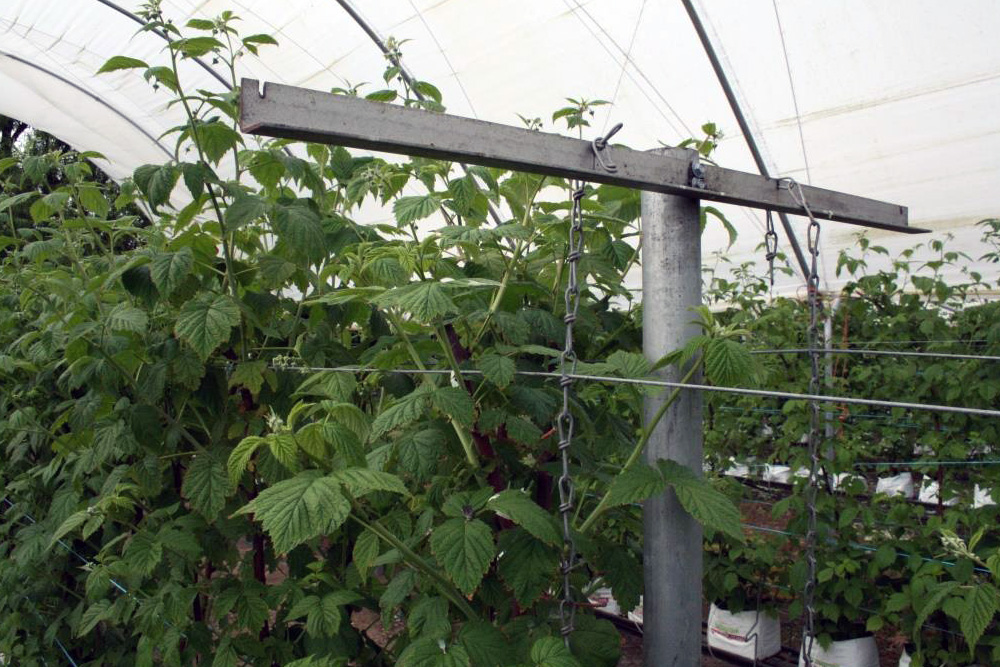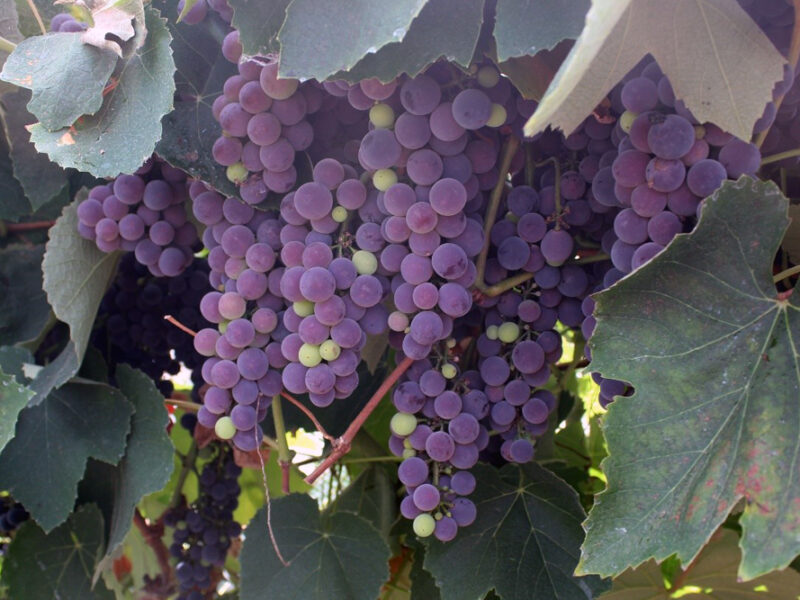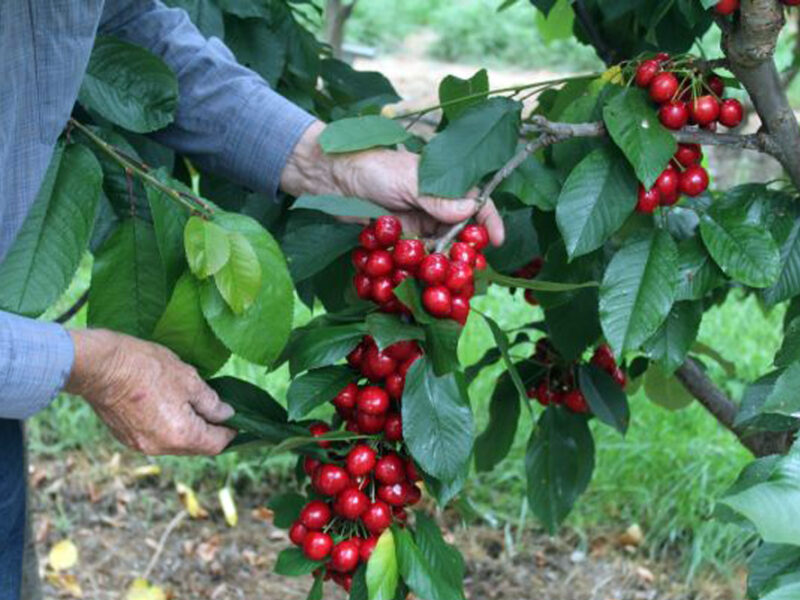The raspberry (Rubus species) is to be found throughout the temperate world, but the most common species in the European raspberry (Rubus idaeus L) which is the third most important berry fruit world-wide (after strawberries and blueberries). Fruit is normally red, but there are some yellow fruited varieties, and there is a black fruited species (Rubus occidentalis) which is different from the blackberry ( Rubus fruticosus) as uunlike the hollow fruits of raspberries, the drupelets of blackberries remain attached to a juicy white core.
Until some 20 years ago raspberries were regarded by many as a fruit for making jam, as the fruit was so soft and tended not to travel well but plant breeders have produced improved varieties which now have a much more substantial postharvest life. There has also been major changes in how the crop is grown, and a significant increase in the market potential.
Probably the major development has been the use of protected cropping (greenhouses) and of hydroponics. This has not only extending the harvest season, but also significantly improved fruit quality and post harvest characteristics.
Raspberries fruit on canes, which grow from buds which develop on the root system. The canes only live for 2 years, growing some 1.5-2.0 m tall in the first year. The following spring the buds which develop in the axiles of the leaves grow to produce short branches with flowers which develop into fruit. After fruiting these canes (called florocanes) die. Replacement canes (called primocanes) grow from the root system during this fruiting period.
Of course 1.0 m tall canes require some form of support, so it is normal to have a number of wires along the raspberry rows, to which the canes can be attached.
Raspberries require a temperate climate for fruiting (see later) so are normally only grown in tropical regions at high altitude, however some varieties have been developed which also flower at the top of the primocanes, and in greenhouses in temperate climates may produce a valuable additional autumn crop, in additional to the conventional summer crop.
The big advance in terms of yield and quality has been the introduction of high health plant material (produced by tissue culture) from plant material freed from plant pathogens by heat treatment; a significant breeding programme; protected cropping; and hydroponics.

The most reliable way to grow raspberries is to make us of protective cropping (ie plastic greenhouses), to obtain high health plant material of the appropriate variety for your climate, and to grow the plants in large (20 litre) pots filled with coir, and irrigated with a complete nutrient solution at regular intervals (several times a day), either to drain (n which case the drainage should be about 15% of the daily irrigation) or else using a recirculating hydroponic system., and “dumping” the drainage water every 4-8 weeks. Growing raspberries in soil is not advisable because of the problems with soil borne diseases.
The canes should be supported by wires==probably at 50 cm and 1 m above the ground, and immediately after planting the canes should be pruned back to about 30 cm. There will be a little (very little) fruit on these cut back canes, but the objective is to produce vigorous primo-canes.
The normal pests are mites and aphis and caterpillars, and these can all be controlled without the use of pesticides by biological means. Pesticide use on crops such as raspberries . which ripen over a long period is challenging. Birds may be a problem, but netting the greenhouse is an excellent option.
If you are in an appropriate climate and using a variety that produces a primocane crop then you can expect to obtain an “autumn” crop of fruit, which tends to be a better (larger sized fruit0 quality than the conventional summer crop.
There are a large number of raspberry varieties, and very active breeding programmes in Netherlands UK and North America, so it is essential to tryur specific site. a range of different varieties for you specific environment. Some of the recently developed Dutch varieties (eg Kweli, Kwanza) seem to have exceptional high quality, but it is really testing for your site.
– Mike Nichols



